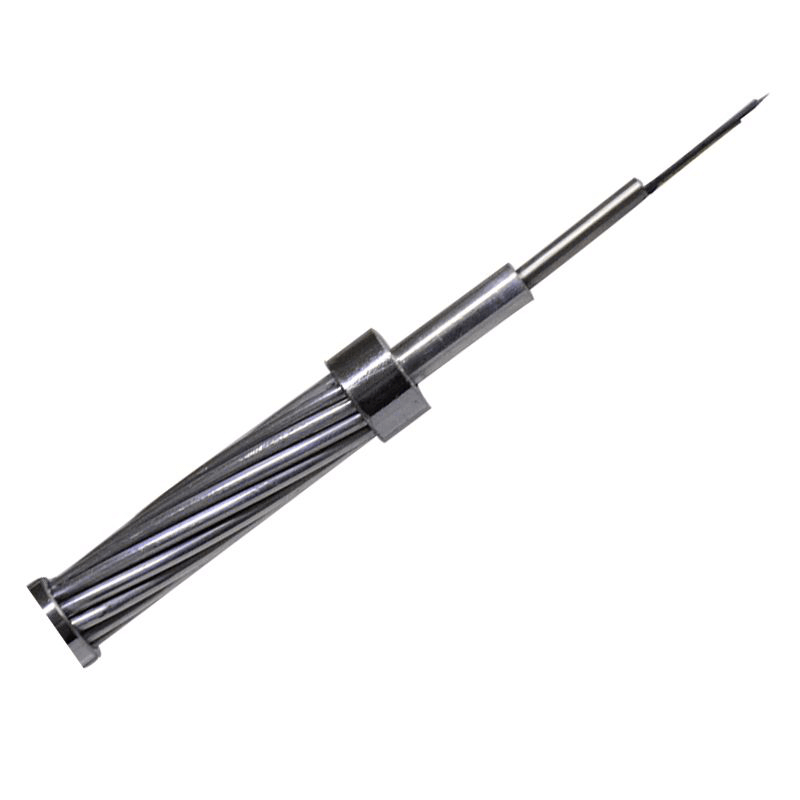- Sales SupportContact Sales
- Call us at: +(86) 15211074652
- Send us a email at: info@zr-fibercable.com
Application characteristics of OPGW optical cable
OPGW optical cables are mostly used on new lines due to factors such as line power outages and safety. It is mainly used on lines of various voltage levels. The characteristic of OPGW optical cable is to integrate the overhead ground wire and communication optical cable on the high-voltage transmission line into one cable, and combine the transmission line technology and optical cable technology to become a multi-functional overhead ground wire. It is not only an overhead optical cable, but also a lightning protection wire and a shielded wire. While completing the construction of communication lines, it also completes the construction of high-voltage transmission lines, which is very suitable for new transmission lines. There are three main types of common OPGW structures, namely steel pipe type, aluminum pipe type and aluminum skeleton type.
The characteristics and applicable environment of OPGW optical cable are:
1. The OPGW optical cable is metal armored, which has no effect on high-voltage tracking corrosion and degradation;
2. OPGW optical cables must be operated without electricity during construction, and the loss of power failure is relatively large, so OPGW optical cables should generally be used in new high-voltage lines above 110kV;

3. Lines with high voltage exceeding 110kV have large spans (generally above 250M);
4. It is easy to maintain, and it is easy to solve the problem of line crossing, and its mechanical characteristics can meet the requirements of large line spanning.
According to Q=I2t, the heat resistance performance of OPGW optical cable can also be improved by limiting the magnitude and duration of the actual short-circuit current. The OPGW optical cable is affected by the short-circuit fault. When the line fault short-circuit current impacts the OPGW optical cable, the stainless steel unit becomes high temperature instantaneously. The short-circuit current capacity of the optical cable must be increased to reduce the impact of the short-circuit fault on the optical cable.
The main fault in the application of OPGW optical cable is the broken strand caused by lightning strike. The current solutions mainly include:
1. Develop new lightning-resistant outer layer materials. The high lightning resistance OPGW developed in Finland in 2001 uses a high-grade galvanized steel wire and an aluminum tube to protect the optical fiber as the outer material. The high-grade galvanized steel needs more energy to melt under lightning strikes.
2. Aluminum-clad steel wires should be used as much as possible for the outer strands, and the aluminum-clad thickness of the aluminum-clad steel wires should be thickened.
3. Try to increase the design air gap between the outer strands and the inner strands to avoid internal heat transfer.
4.Under the same material, use a larger outer strand diameter. After the material and structure of the OPGW optical cable are determined, its lightning resistance characteristics are also determined.
You might be interested in
We use cookies to ensure that we give you the best experience on our website. By clicking on "Accept" or continuing to use this site, you agree to our use of cookies in accordance with our Cookie Policy .You can refuse the use of cookies here.
Accept

